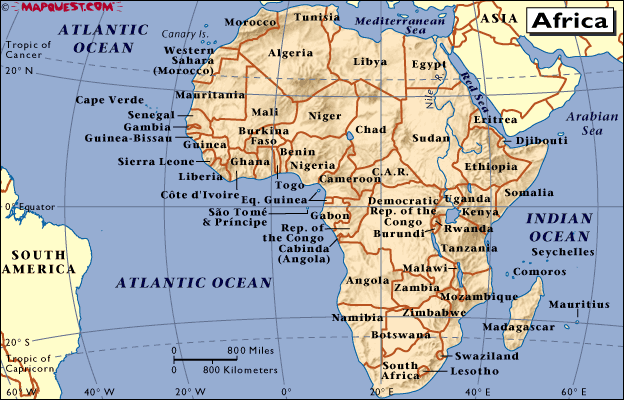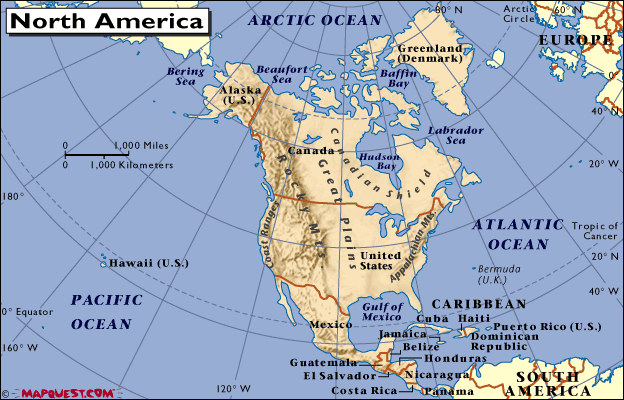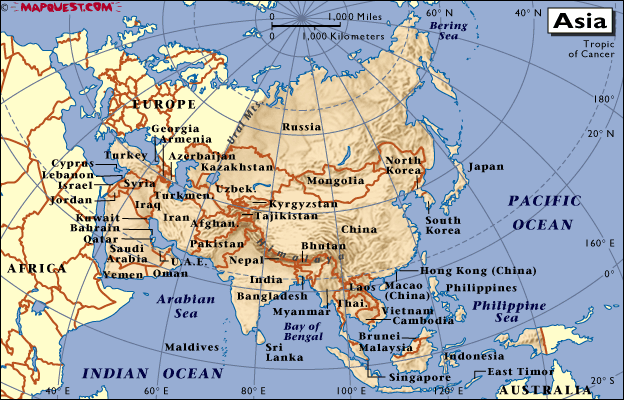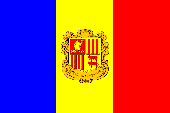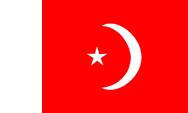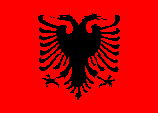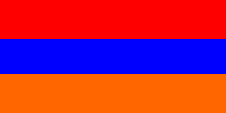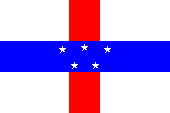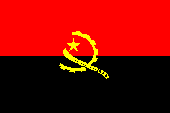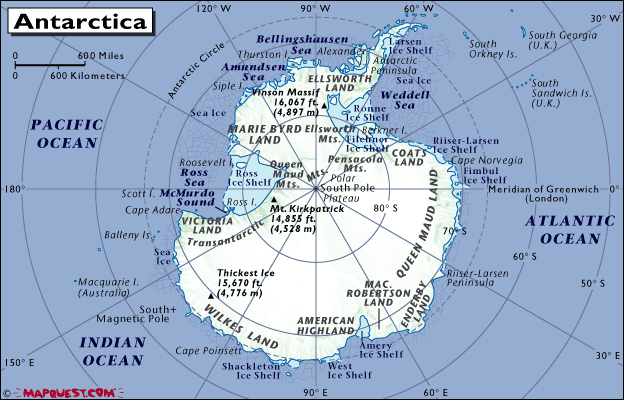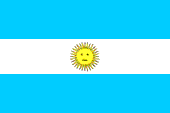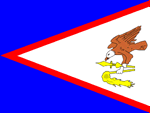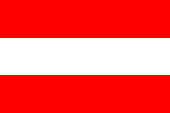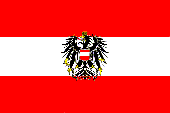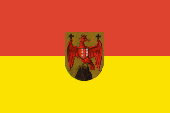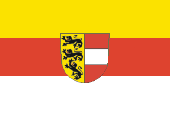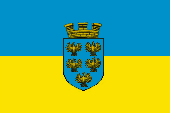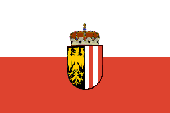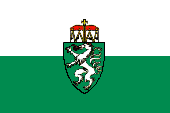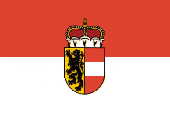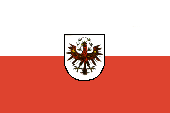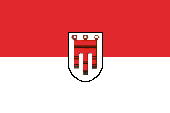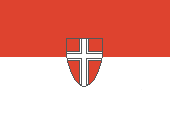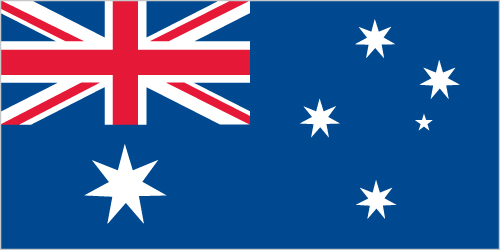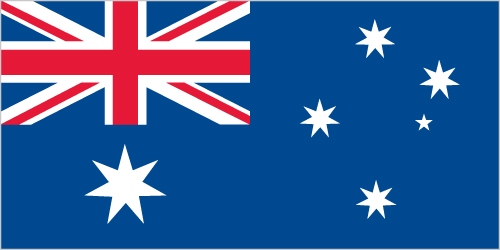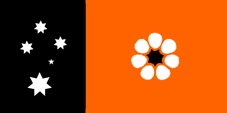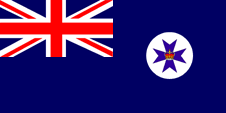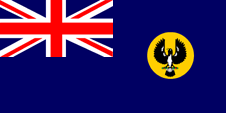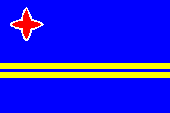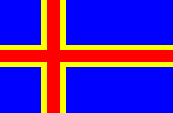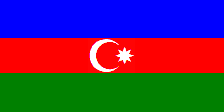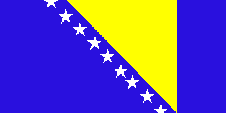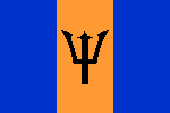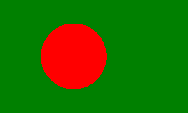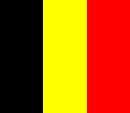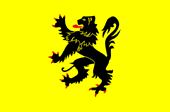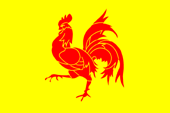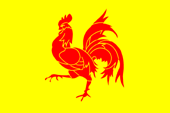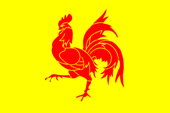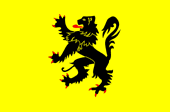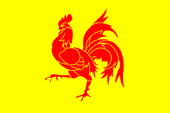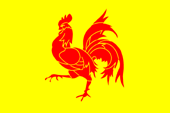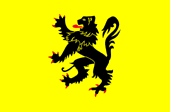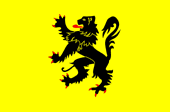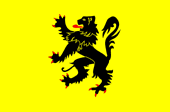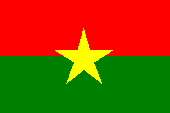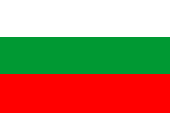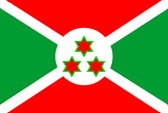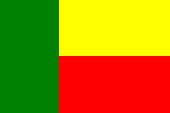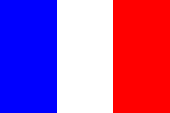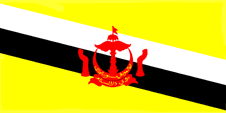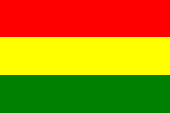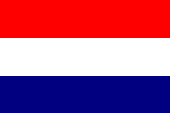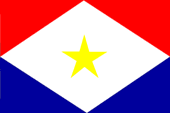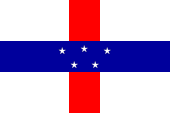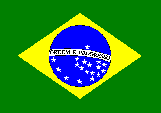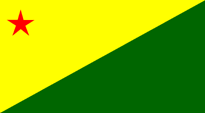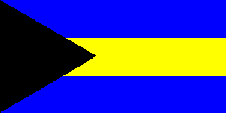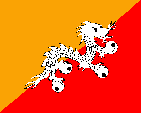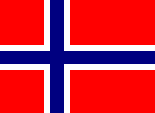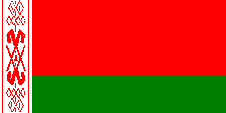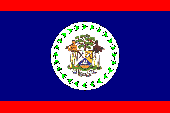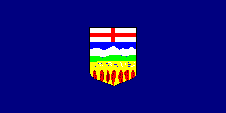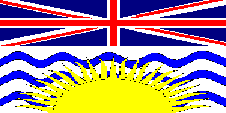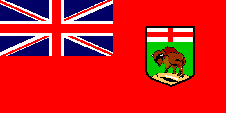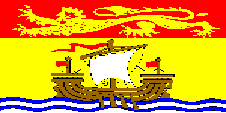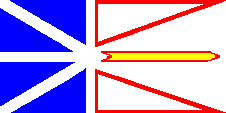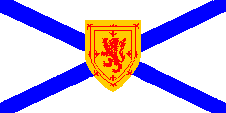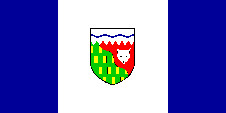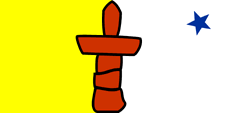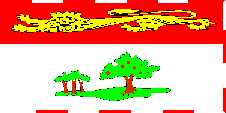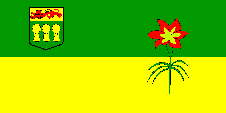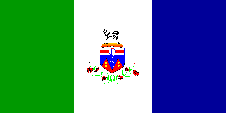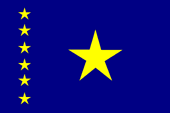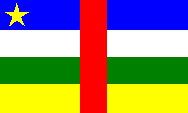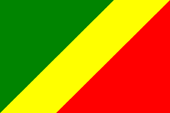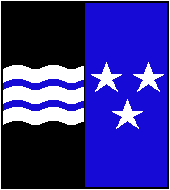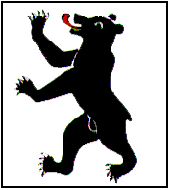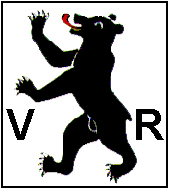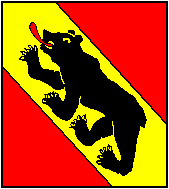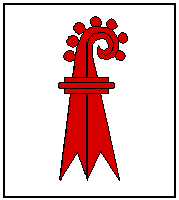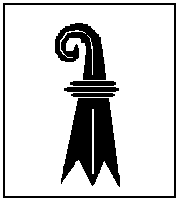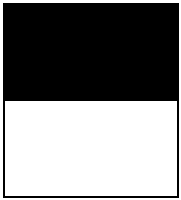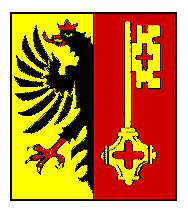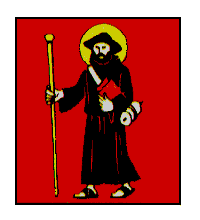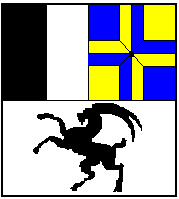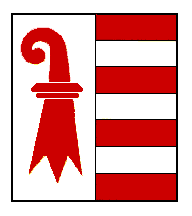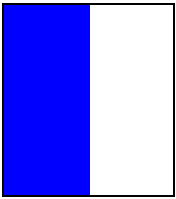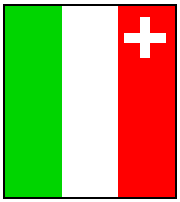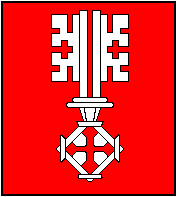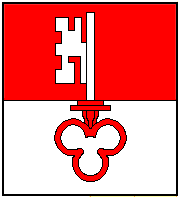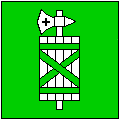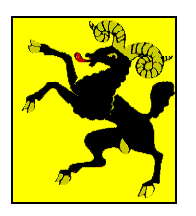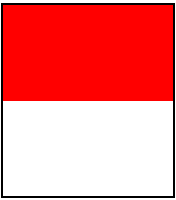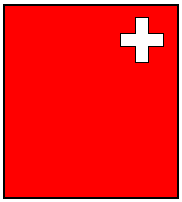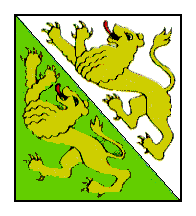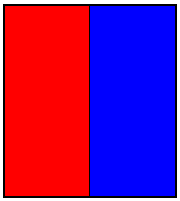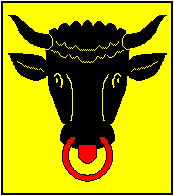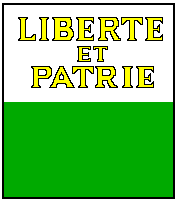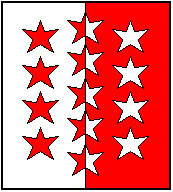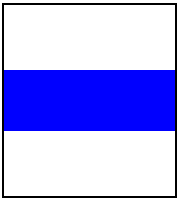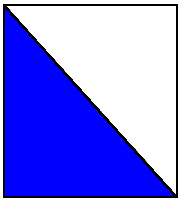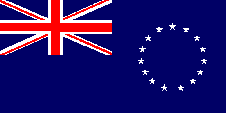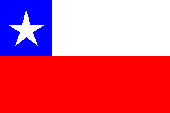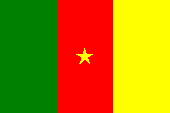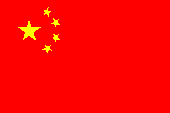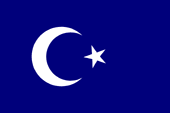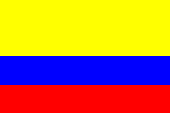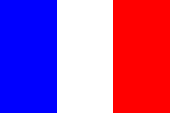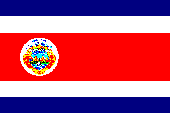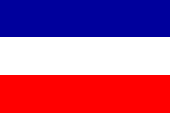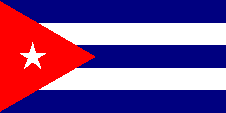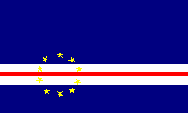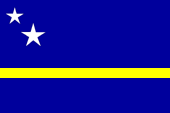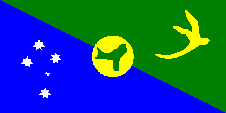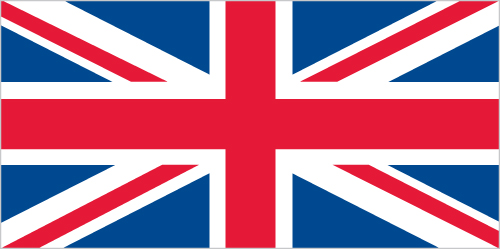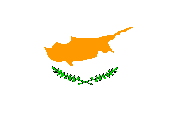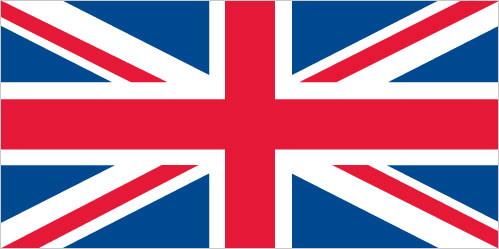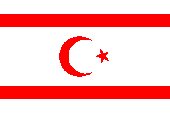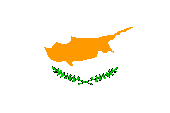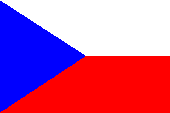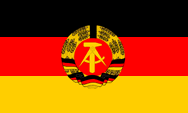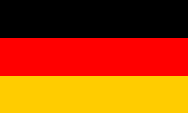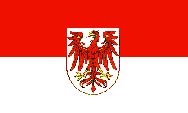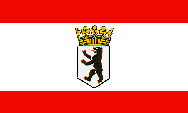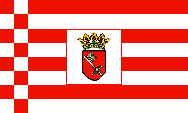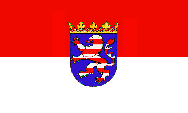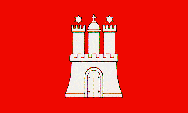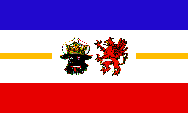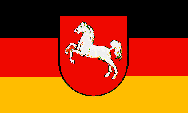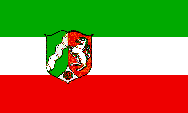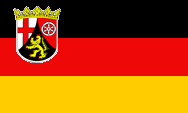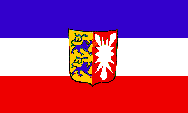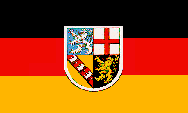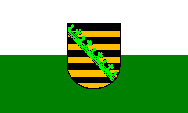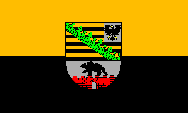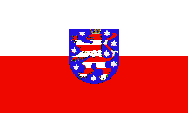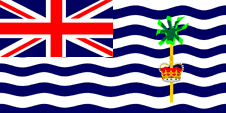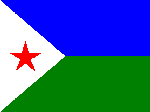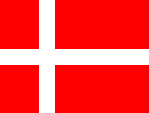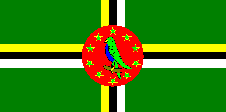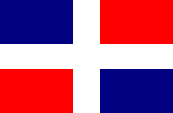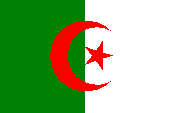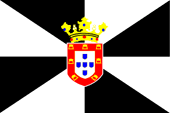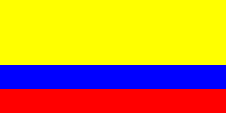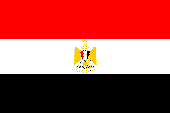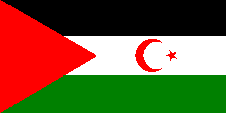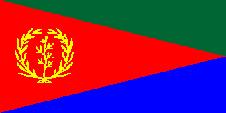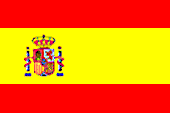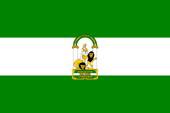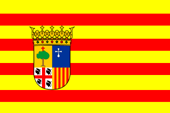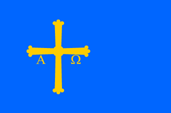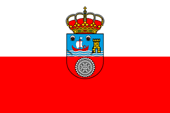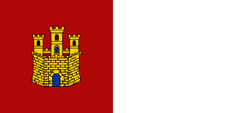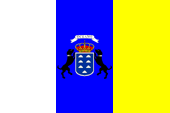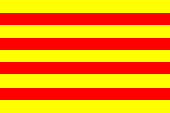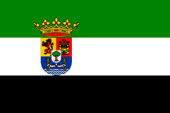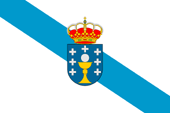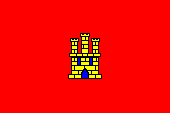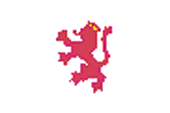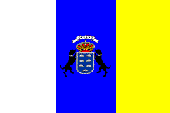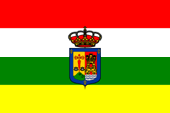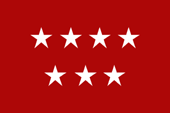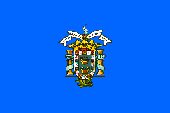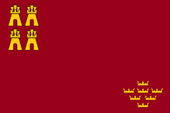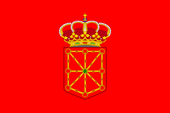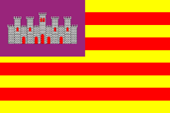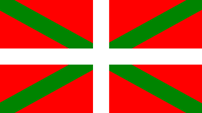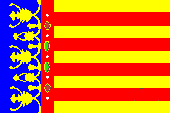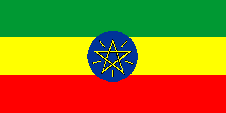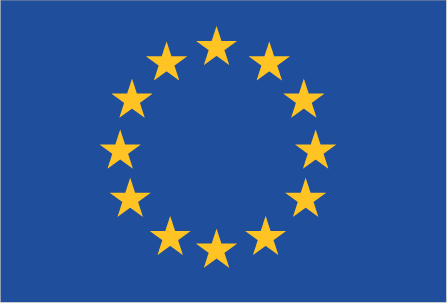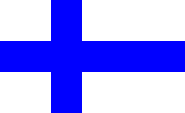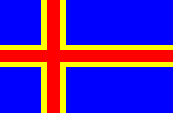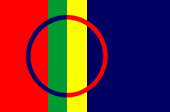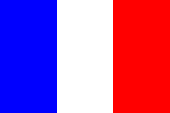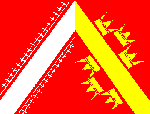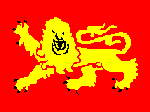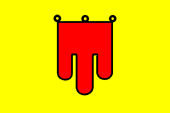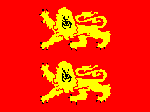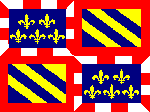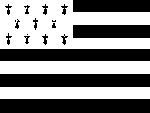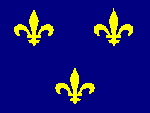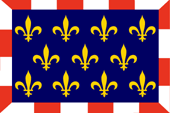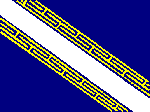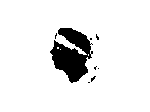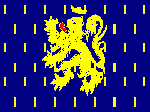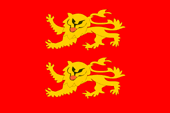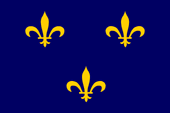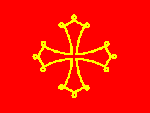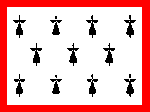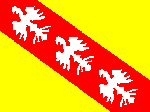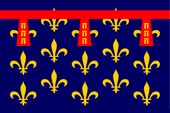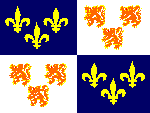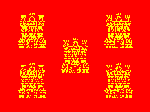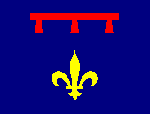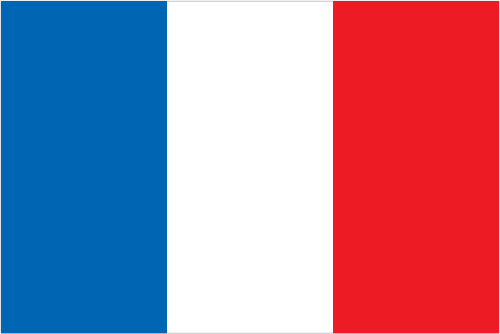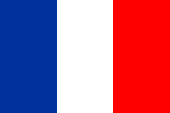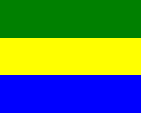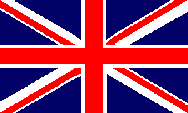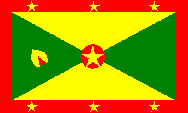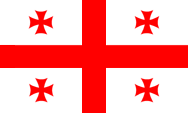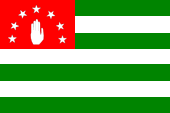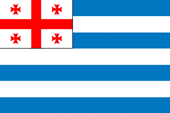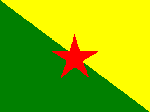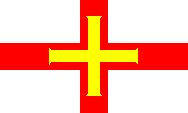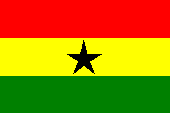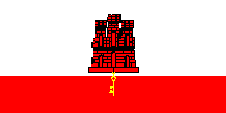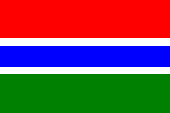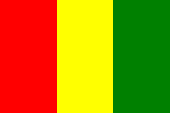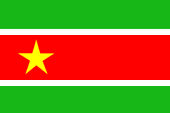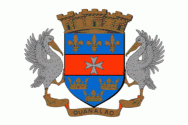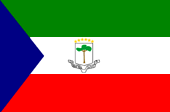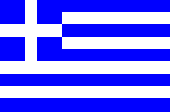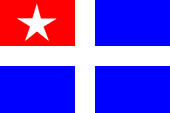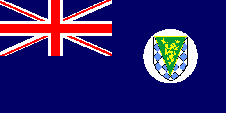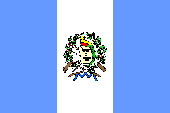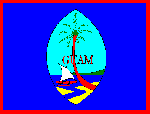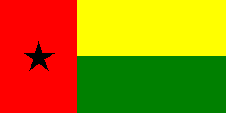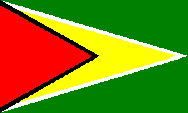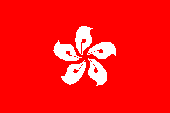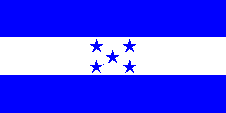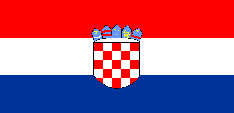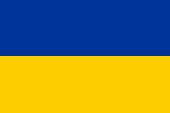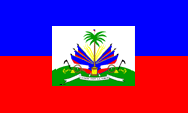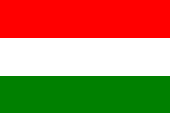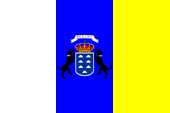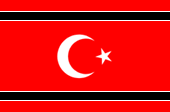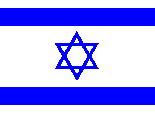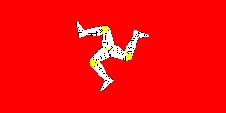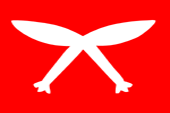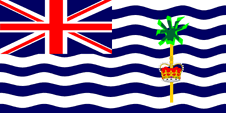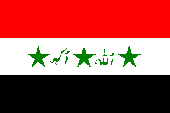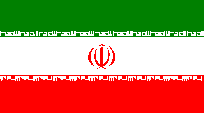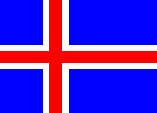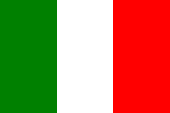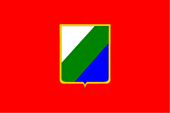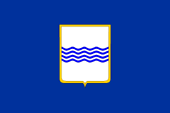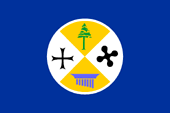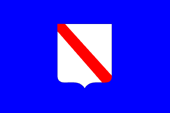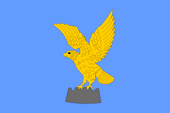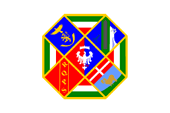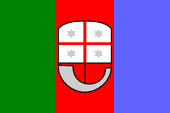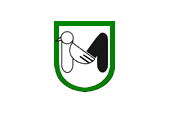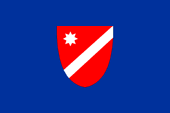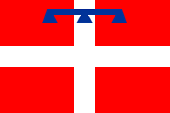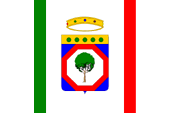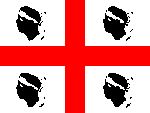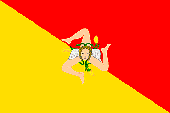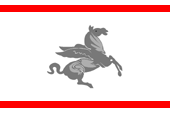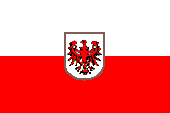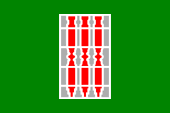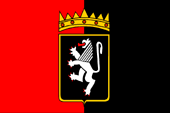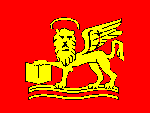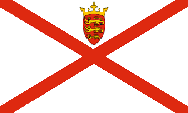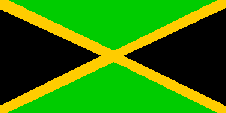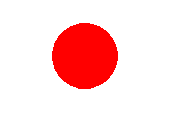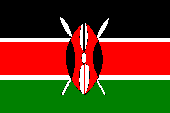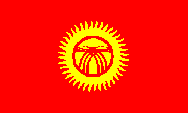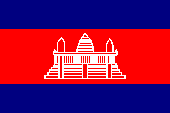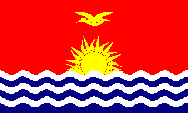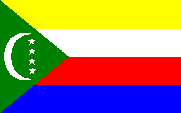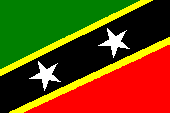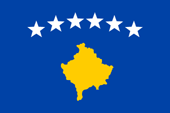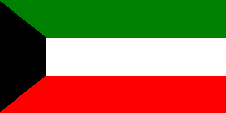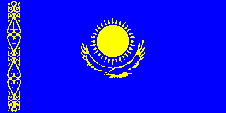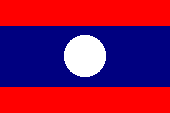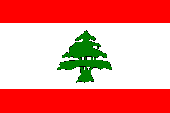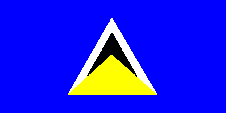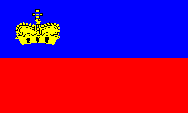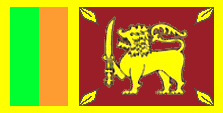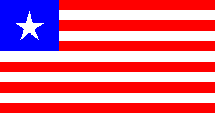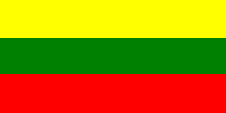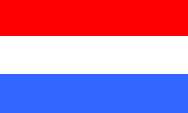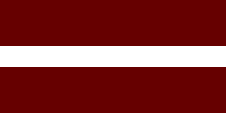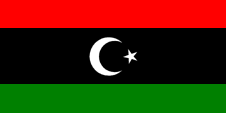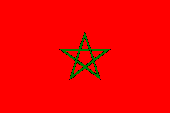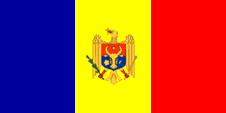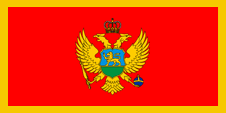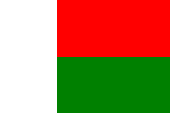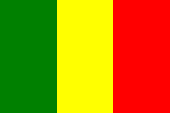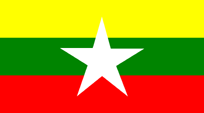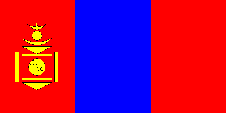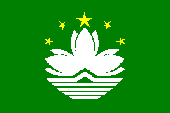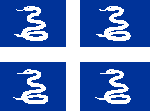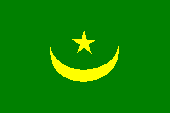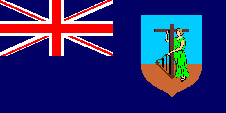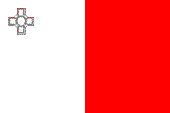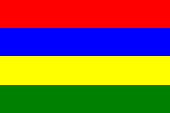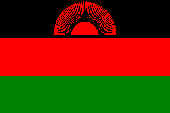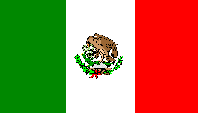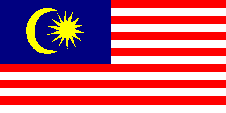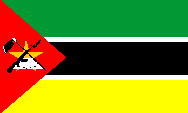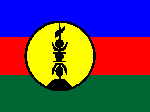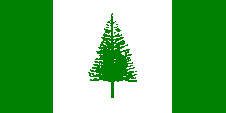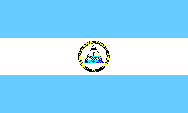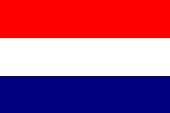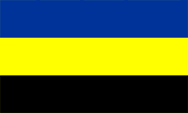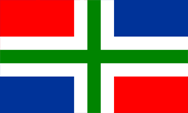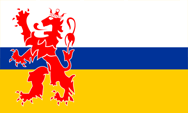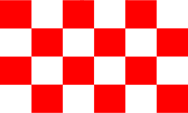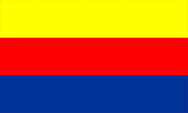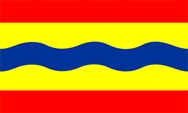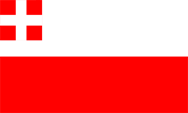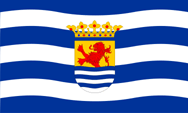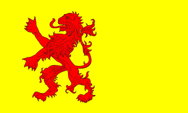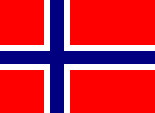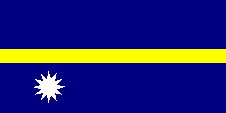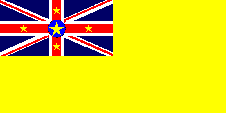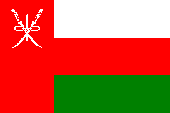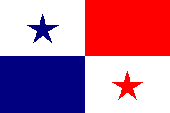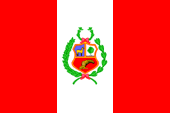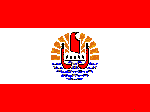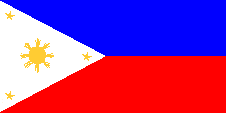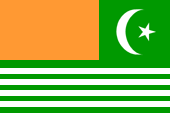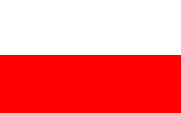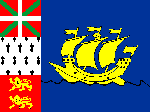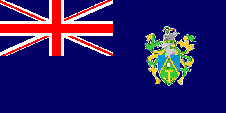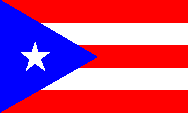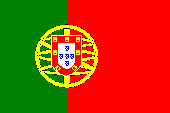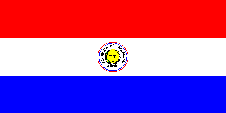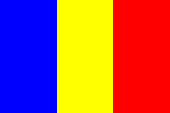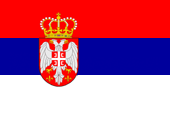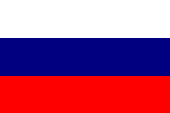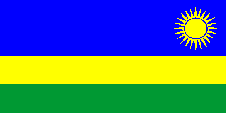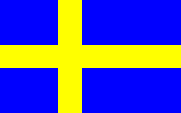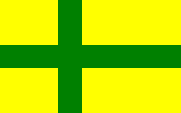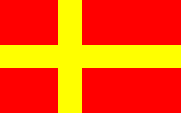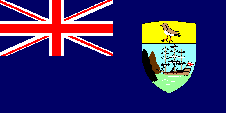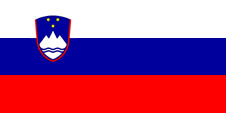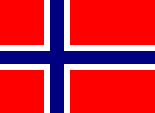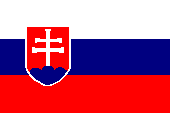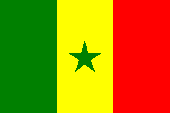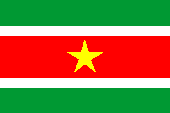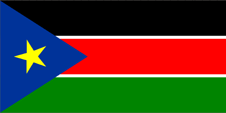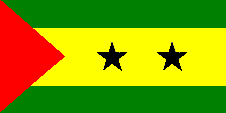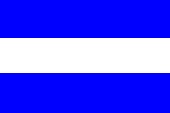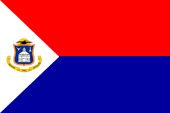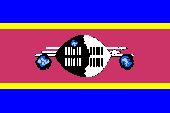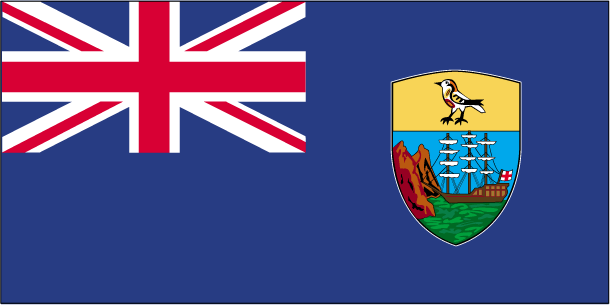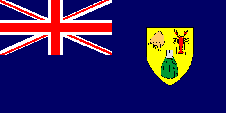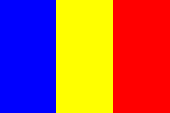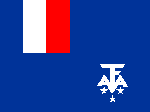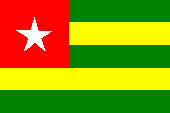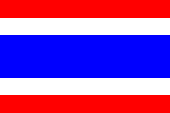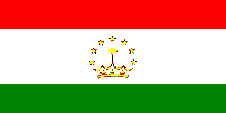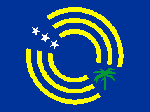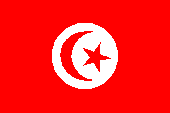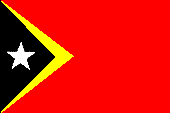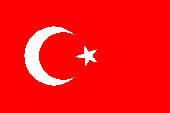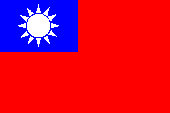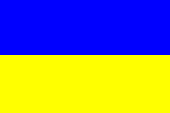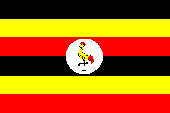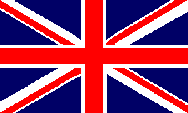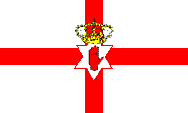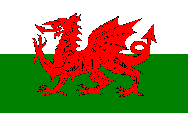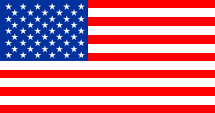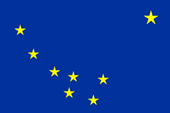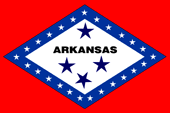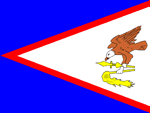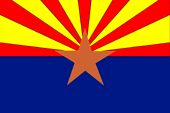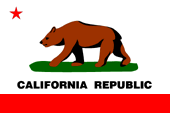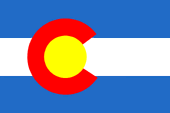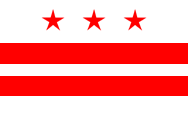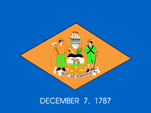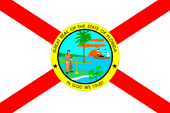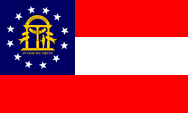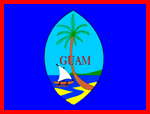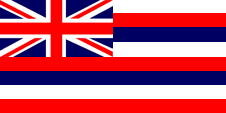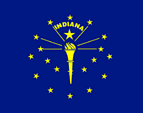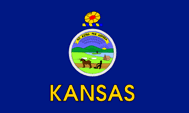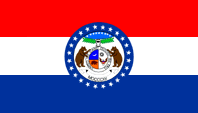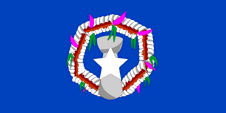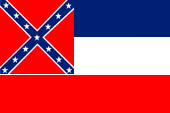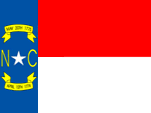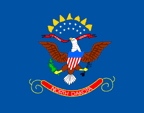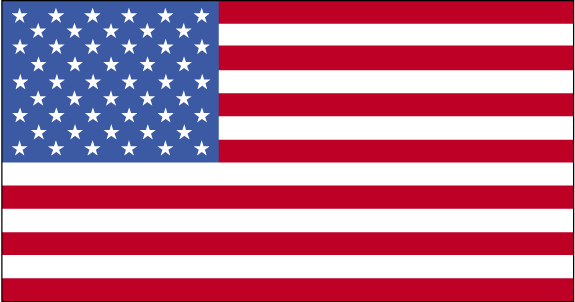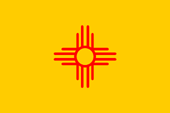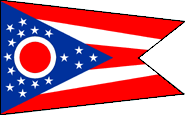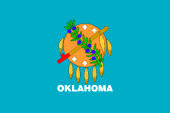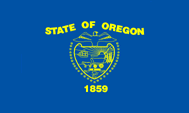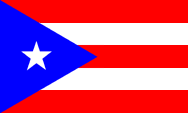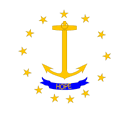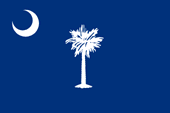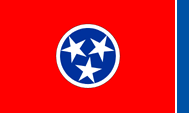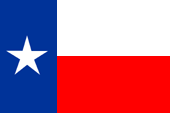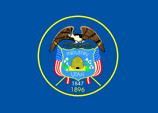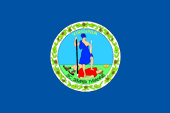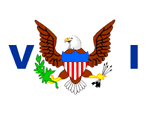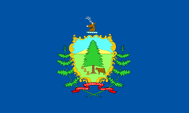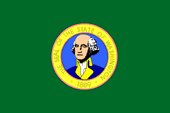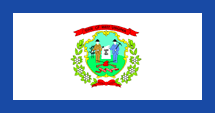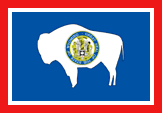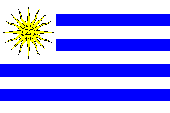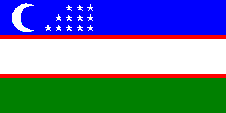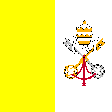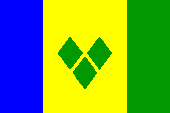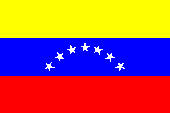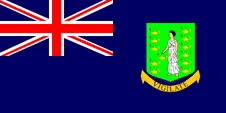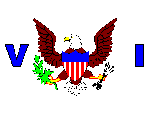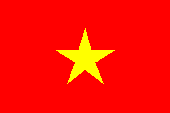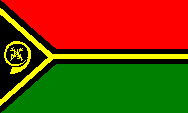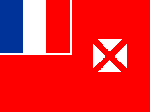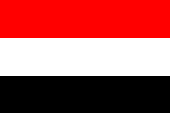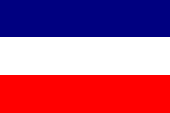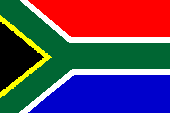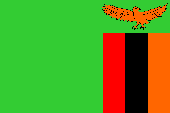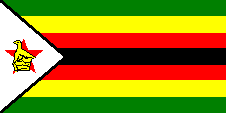"§"
@
@-Sign
@-Zeichen
E-Mail-Zeichen
Morse-Alphabet
The History of the @ Sign (W3)
Es gibt mehrere Hypothesen über die Entstehung des "@". Eine für unseren lateinisch basierten Sprachraum ist, dass das Zeichen ausgehend vom Mittelalter als handschriftliche Verschmelzung (Ligatur) der Buchstaben "a" und "d" des lateinischen Wortes "ad" (dt. "bei", "zu") entstanden ist.
Das "@" ist erst mit der IT/TK so richtig in unser aktuelles Kulturgut eingepflanzt worden. Das "@" ist grundlegender Bestandteil jeder E-Mail-Adresse, indem es den individuellen Benutzername und den Domainnamen voneinander trennt.
"@" : engl. "at", dt. "zu", "an", "bei", "Klammeraffe", "Affenschwanz", "Affenschaukel", Symbol für "Rose", frz. "Arrobas"
Der Klammeraffe (@) feierte in der 42. Woche 2001 Geburtstag: Seit 30 Jahren routet er elektronische Mails durch die Server dieser Welt.
Das @ steht in der Internetadresse als Trennung zwischen dem Namen des Empfängers und dem Namen der Domain, wo dieser einen E-Mail-Account besitzt: empfaenger@domain.de.
Im No./Dez. 1971 schickt Raymond Tomlinson die erste E-Mail über das Arpanet, dem Vorläufer des Internets, von einem Rechner zum andern. Um den Namen des Empfängers vom Namen des Rechners zu trennen wählte er das @-Zeichen und kombinierte die Adresse als "empfaenger@host".
Das "@-Zeichen" ist jedoch bereits in einem Brief des Florentiner Kaufmanns Francesco Lapi vom 4. Mai 1536 von Sevilla nach Rom zu finden. In seinem Brief beschreibt er die Ankunft von 3 Schiffen aus Lateinamerika und informiert darüber, dass "dort eine Amphora Wein (= 1/3 Fass) 70 bis 80 Dukaten wert sei. Die "Amphore" kürzt er dabei als "@" ab und schreibt also "eine @ Wein". Interessanterweise findet man diesen Zusammenhang - "@" als Zeichen italienischer und spanischer Kaufleute für die Maßeinheit "Amphora" - noch in span. "Arroba" = dt. "Amphore", spanisches Gewicht und Hohlmaß (11,5 kg), aber auch = dt. "Klammeraffe", "@". Und in Frankreich findet man frz. "arrobase" = dt. "Klammeraffe", "@".
Einige Jahrhunderte früher - 6./7. Jh. - findet man "@" bereits als von Mönchen benutztes Kurzzeichen für lat. "ad". Kaufleute benutzten es z.B. in der Bedeutung "je", etwa als "zwei Kisten Whiskey @ 10 Dollar" = "zwei Kisten Whiskey "zu je" 10 Dollar". Ab 1885 findet man es als Kommerzielles Zeichen mit der Bedeutung "zum Preis von". Und genau diesem Umstand ist es zu verdanken, dass das "@-Zeichen" Ende des 19. Jh. auf amerikanischen und englischen Schreibmaschinen zu finden ist. Als dann im Jahr 1963 die ASCII-Standardcodierung (7-bit-Format) veröffentlicht wird, nimmt man auch das "@-Zeichen" in die Sammlung der 95 druckbaren Zeichen auf. Allerdings wird es im Jahr 1971 nur noch selten benutzt und genau dieser Umstand läßt es für Raymond Tomlinson als geeignetes Zeichen für seinen Zweck erscheinen, mit der Bedeutung engl. "at" (engl. "user x at host y" = dt. "Benutzer x am Rechner y").
Im Jahr 1973 wird der RFC 469 veröffentlicht, in dem der Vorschlag von Raymond Tomlinson zementiert wird und eine E-Mailadresse in der Form "user@host" definiert wird. Ab 1980 entstehen die Code-Protokolle, auf denen das heute genutzte "Simple Mail Transfer Protocol" ("SMPT") basiert.
Im deutschen Sprachraum haben sich die umgangssprachlichen Bezeichnungen "Affenschwanz", "Affenohr", "Affenschaukel", "Klammeraffe", "Schweineschwänzchen" oder "Elefantenohr" etabliert, auch wenn die meisten PC-Anwender schnöde "at" (phonetisch "ät") sagen. Auch international fördert das "@" offenbar die Phantasie der Benutzer heraus, wie diese Auszüge von internationalen Beispielen aus Wikipedia belegen:
- niederl. "apenstaartje" = dt. "Affenschwänzchen"
- frz. "arobase", "arrobase", "a commercial"
- hebr. "Strudel", nach der Form des Gebäcks
- ital. "chiocciola" = dt. "Schnecke"
- isländ. "fílseyra" = dt. "Elefantenohr"
- dän. "snabel-a" = dt. "Rüssel-A"
- schwed. "snabel-a" = dt. "Rüssel-A"
- poln. "handlowe ‚po'", oder auch poln. "atka", häufiger ist poln. "ma?pa" = dt. "Affe" oder poln. "ma?pka" = dt. "Äffchen"
- russ. "sobaka" = dt. "Hund" oder dim. russ. "soba?ka" = dt. "Hündchen"
- tschech. "Zaviná?" = dt. "Rollmops"
- slowak. "Zaviná?" = dt. "Rollmops"
- ungar. "kukac" = dt. "Wurm", auch ungar. "bájgli" = dt. "Strudel"
- bosn. "ludo A" = dt. "irres A"
- griech. "papaki" = dt. "Entchen"
Das "@" kommt ins Morse-Alphabet
Das E-Mail-Symbol "@" gibt es ab Mai 2004 auch im Morse-Alphabet. "Soweit wir wissen, ist es die erste Änderung im Alphabet seit mindestens 60 Jahren", sagte ein Sprecher der zuständigen Internationalen Telekommunikationsunion (ITU) der "New York Times".
Das Zeichen "@" hat seit Februar 2004 auch einen Morse-Code ".--.-." = "ac". Inofiziell hatte sich aber schon vorher die Zeichenfolge "..--" für das Wort "at" etabliert, die auch wegen der kürzeren Zeichenfolge wohl auch in Zukunft favorisiert wird.
In Emoticons wird das Zeichen "@" auch als "Rosensymbol" eingesetzt. In der Türkei wird es "Rose" genannt.
(E1)(L1) http://www.alteich.com/tidbits/t051401.htm
(E1)(L1) http://art-bin.com/art/asignoftimes.html
(E?)(L?) http://www.genius-computer.de/lexikon/%40/%40.htm
(E?)(L?) http://www.guardian.co.uk/notesandqueries/query/0,5753,-1773,00.html
Does the symbol @ have a name? If not, any suggestions?
- IN ISRAEL the @ symbol is often referred to as "strudel". Computer books often refer to "@" as the "at sign".
- IN DUTCH it is called "apestaart", which means "monkey's tail". Because it looks like a monkey with his tail curled over him. - Martin Southwold
- SURELY it's an "ampersat"? - Nyk Tarr, Rochdale, Lancs
- IN ENGLISH, ... "commercial at" ... In Swedish ... "snabel-a", ("a" with an elephant's trunk), or "kanelbulle", the Swedish equivalent of the Chelsea bun. In German ... "Klammerraffe", (a clinging monkey) - presumably hanging from a tree by one arm. - Dr Gunnel Clark, Wotton-under-Edge, Glos
- IN GREEK ... "little duck" ... Russian "a dog". Since animals seem to predominate, could I suggest the British term should be a mad cow rampant? - Richard Macrory, Tackley, Oxford
- IT IS called an "atmark". Its use in internet addresses has led to the production of a computer intended for accessing the World Wide Web called the Atmark computer. - Kit Barritt
- THE OFFICIAL name is the "at" sign, from the same school of typographer's gobbledegook which gave us "octothorpe" (the #). This naming predates the use of @ by electronic mail systems the world over, and sadly produces many ambiguities when mail addresses are dictated over the phone. If pilots and the police can have special terminologies for clear communication, then I would like to propose an easy, relevant and linguistically distinguishable subtitute for the confusing "at" naming. The name for "@" should be "nerd". This makes my email address, read over the phone, into "cassidys nerd cix dot compulink dot co dot uck". - Steve Cassidy (normally in London EC2 but presently bored in Stuttgart)
- IN BRAZIL the symbol is known as "arroba", which is also an old measure of 15 kilos. - Michael Wrigley, Campinas, Brazil
- IN ITALIAN the symbol is known as a "chiocciola" (snail). - Geoffrey Allen, Pavia, Italy
- IN FINLAND it's known as a "mouse's tail". - Stephen Ryan, Dublin
- I heard someone on Radio 4 refer to it as an "e-snail" which I thought was nice. - Chris Winchester, London
- In Hungary, the @ symbol is called "kukatsz", which means little worm. - Chris Dalton, Budapest, Hungary
- The Norwegian call the @ "kroellalfa",meaning curled a. - S William Ingebrigtsen, Bergen, Norway
- In Italian we call it "chiocciolina", which means "small snail". "Chiocciola", as Geoffrey from Pavia suggests above, is much less used. - Luca De Piano, Milan, Italy
- I've always understood that "@" originally meant "account" and was regularly used in banking. I seem to remember that it appeared on cheques at one time. It seems a more likely explanation than "at". After all, why would anyone want to abbreviate a two letter word? - Keith Mills, Alne, York UK
- "@" abbreviates more than just two letters. I remember it on signs in shop windows when I was a child in the early 60s e.g. Cabbages @ 3d, and on similarly on bills. It saves you writing "at" and "each". - Anne Lane, Greenwich
- In Czech, it is called "zavinac" which means a rolled pickled herring. - Mojmir Pribina, Velka, Moravia
- I have heard it called "petit escargot" ("little snail") in France. - Katherine Ellis, London
- I've always known it to be called the "short at". - Rudiger Scheister, Paris
- In Spain, we call it "arroba", which also is a measurement of weight, but I can't see the conection. ( 1 arroba = 15 kilos ) - Maria, Toledo, Spain
- We Catalans call the symbol "arrova" from "rova" meaning 1/4 (25%), originally a weight measure, as in Spanish. Looking at most email addresses (my own, for instance, it´s certainly 1 out of 4 items!) Relationship with weight? Not sure... but I personally find it heavy going to find the right key to type it. - Joan Diez, Amposta, Catalonia
- How about calling it "letter a with a curly tail"? Do I win a fiver? - Charlie Peterson, York
- Most people from Portuguese and Spanish-speaking countries answered that the name given to "@" is "arroba" (and similars, like "arova"), the same name of a old weight measure unit. However, many people seem to ignore the history of this incidental coincidence: when the first typewriters started to be exported abroad US and UK, the key to "@" had to be given a name. Since the "@" was no known or used for anything on those countries, and since the current weight measure unit, the "arroba" (approximately 14 kilos) had by the time no symbol related to it, the Typewriter manufacturers and importers decided to call it "arroba". Thus, for this simple and arbitrary decision, people from many countries started to call "@" "arroba". - Rodrigo Rey, Sao Paulo, Brazil
- In Finland, apparently, it is called "miukumauku" because it looks like a sleeping cat. - Andrew, Norwich UK
- In my country we call it the "cha-cha". Historically this dates back to when dancers used to put character "a" on their back when dancing in competitions. To highlight the "a" it was put in a circle. - Jose Luis, London England
- In POLAND the "@ sign" is called a "monkey" - peter gentle, warsaw poland
- In Denmark we call it "snabel-a", "snabel" meaning the trunk of an elephant - Stine Pedersen, Skanderborg Denmark
- Small "a in circle" "@" Please can any one let me know what this sign called? - Ab, Chicago U.S.A
- In Jamaica it's known as the "block", the "swirl" depicting the feeling of nausia and dizziness having spent far too much time passing the rizla and herb. Derived from the term "block-up" or in plain English, "stoned". - Josiah Mackintosh, Port Antonio Jamaica
- It's the "AT symbol" and leave it "@" that! :-) - Kat, California, USA
- In Russian, the "@ symbol" is often called "sabachka", which means puppy. - Georgeta Solomitskaya-Lester, Cleveland, USA
- A local game show here said that the official name of the "at-sign" is "amphora" taken from the name of a jar they used in the ancient medterranean to measure volume of things they would trade (where the "@ symbol" was supposedly first used). - Tina, Manila, Philippines
- In Japan it's called the "atomaaku". - Mike O'Connell, Sapporo, Japan
- If it wasn't just the "at symbol" I'm sure somebody would have told us by now. My favourite from the foreign versions is the Czech one meaning a "rolled pickled herring". Perhaps we could latch onto that one and call it a "rollmop". - John Kemplen, Leighton Buzzard, England, UK
- In American computer science, it is universally referred to as the "at sign", or "at" when reading out a sequence of characters or an email address. In Chinese, it's called a "mouse" ("shu"), confusingly enough. - Ethan Bradford, US
- I think it would be nice to call it a "Titfer". "@" = "TITFER") As any cockney Londoner will tell you, a "Titfer" is an "At" in Cockney Rhyming Slang. Londoners usually drop their aitches and "At" stands for "Hat" i.e. "Hat" = "Titfer Tat"! - Leslie Nicholass, Colchester, England
- The "~" (which somebody wanted to know the name of) is known as a "tilde". - Rod Fielding, Bury, UK
- Andrew from Norwich is right: in Finland "@-sing" is called (colloquially) "miuku-mauku", or, alternatively, "miumau", which actually referres to the sound that a cat makes ("miaow") and "@" thus symbolizes the figure of a "cat curled up". Officially it is called "ät-merkki" ("at sign"). - Marjut, Helsinki, Finland
- I call it a "squiggle", because it is! A "swirl", "wiggle" of a pen and "scribble" all in one word. Maybe someone was twirling their pen in circles whilst thinking what to write! - Paul Coleman, Oxford, UK
- I agree with what said before: "@" means "at £ each" and the fact that we have started using in email addresses does not mean that its name as "commercial at" should be discarded, but for ease and speed of conversation in everyday exchange of email addresses we perhaps should adopt the grammatically correct version of "ampersat" which, from the semantic point of view, means "instead of (at)". - Roberta, London london
- Growing up while in grammar school; 1960's; my teacher told us it was an abbreviation for "at each" (for)...such as "5@1.00" or "5 for 1.00". Made sense then and still does today! - Jay, Atlanta USA
- "@" is an "arobasse" in French, and it is in the dictionary. - alan cowling, Nevez France
- First description of symbol "@" is dated century IV, detailing how many "arroba" (weight measurement about 25 pounds) of a freight by seaway from Seville to Rome. - Victor, Alsasua, Spain
- There's an awful lot of opinion on this subject floating about, but nobody seems to be citing any references. The best I can find anywhere online is at Wikipedia (but it's Wikipedia so take it with a pinch of salt!). According to whoever wrote the article, it's formal name is "commercial at". - Rawlyn, UK
- Of course the symbol @ has a name ... it is "alison taylor". - Alison Taylor, Moultrie, US
- In Hungary we call it "kukac" that means in english "worm" :) - Peter Máté, Budapest Hungary
- It is ASCII Code 64. Common names: "at sign", "strudel", "rare", "each", "vortex", "whorl", "intercal", "whirlpool", "cyclone", "snail", "ape", "cat", "rose", "cabbage", "amphora". It also is used in email addresses. Ray Tomlinson was designing the first email program. It is derived from the latin preposition "ad" (engl. "at"). It has been traced back to the Italian Renaissance in a Roman merchantile document signed by Francesco Lapi on 1536-05-04. In Dutch it is "apestaartje" ("little tail"), in German "affenschwanz" ("ape tail"). The French name is "arobase". In Spain and Portugal it denotes a weight of about 25 pounds called "arroba" and the Italians call it "chiocciola" ("snail"). "commercial at". (n.d.). This information is from The Free On-Line Dictionary of Computing. Retrieved April 25, 2008, from Dictionary.com website - Tamera, Layton USA
- I think the "@ symbol" means "at the rate of" hence 3 pencils @ of 10 cents would be 30 cents. Yes, @ means "at the rate of". - Jim York, West Monroe, La. USA
- The "@ symbol" is correctly referred to as an "asperand". My nemonic is: "ASP erand". - Stuart Lawrence, Oxford UK
- In Chinese, we call it a "little mouse". - Kat Fan, Austin, Texas
- Never mind what foreigners call it, to we Brits it's simply "at", although its use for any other purpose than to punctuate an e-mail address or to indicate per-unit pricing is the mark of laziness or of a foolish desire to seem 'modern'. - Pete Wigens, Stroud, Gloucestershire, UK
- Just spoke to someone on the phone in Bosnia. They called it "a crazy". - Kimberly Rentfro, London
- It's an "at mark", which is also used in T-SQL Programming to denote and define parameters and widecard programming. :) - Steve Stephan, Jacksonville, FL, United States of America
- I wrote a book about the history of the "@ sign" (in Dutch). Let me make some improvements. (Source": from the Dictionary.com). It is derived from the Latin preposition "ad" (engl. "at"). It is not, it has nothing to do with "ad". It has been traced back to the Italian Renaissance in a Roman merchantile document signed by Francesco Lapi. But without any real connection, that is to say that there's no prove that the "at sign" originate from the Italian use. - Hans van Keken, Amsterdam, The Netherlands
- In Bulgarian it's called "kliomba", and also "monkey A"...the formal usage is "at". - Alexander Mateev, Sofia, Bulgaria
- In Soviet Russia, "@ symbol" names "YOU"! - Vladimir Oraschuck, Moscow, Russia
- In a far province somewhere in the Philippines, it is a symbol of sexual desire from their ancestors. they believe that when they see the "@" sign, they need to have sex at once in front of people. It's a sign of great respect for them. One time when a "katutubo" (which means native) came in Manila, (a city in the Philippines, he saw a very big billboard with the "@" sign, and what the native did is he grabbed a lady crossing the street and took his clothes off and ruthlessly had sex with the lady. The native was shocked that the people didn't appreciate what he had done and instead, knocked him down and locked him behind bars. - Can Tooten Taio, Northwestern Scrida, Vietnam
- In Nahuatl it is referred to as the: "O otztli". In other words, the capital letter "O pregnant". It is possibly due to the visually apparent little "o" inside the big "O". - Waxaklahun, San Jose, California, US
- Well in Greece we refer to it by the name "papaki" which means "little duck" although "snail", "vortex", "worm" are better matches for the symbol in my opinion... and oh yeah.. it means *AT* and st *AREA* =D - Chris Vrizas, Athens, Greece
- I hate how people are using @ before people's names when addressing them on the internet, because you talk "to" someone, not "at" them! - Mark, VIRGINIA BEACH USA
- In Romania it's called "aron" but it doesn't mean something particulary ^_^ - Lena Davis, Vaslui, Romania
- In Greek it's called "papaki" which means "little duck". Someone on my blog suggested recently "alfaki". I like this word very much, I think it's cute :) It means "little alpha". - Dora, Cyprus
- It is auction sign which used for rate and email addressing it is separator between user and provider name in email address - raj, Gwalior, India
- Although I think the Dutch "apestaart" ("monkey's tail") is the best answer, it actually comes from Old English bookkeeping and is short hand for "AT THE COST OF" the letter "a" surrounded by the letter "c". - Christopher, Liverpool, England
- the symbol "@" literally means "at the rate" - vyoma, mumbai india
- My grandmother told me that this symbol is actually called and meant "around" before it was used by the meaning of "at each" which describes the shape of the symbol, it's "a", then "round" it. - Ricky Logan, Sydney Australia
- In Wales we call it the "Llanciffgochgochplatricuaticinibaabaa" for short. It means a "little lambs tail" - mick, dublin
- An "@" is what you shouldn't be without on Ilkley Moor or you'll get all eaten by worms. - Steve, Bristle Currently in Denmark
- In US it's usage is archaic, means or meant "at" used in sales notation to speed up a notation that refer to pricing example 3 @ 2 for $1. Three items priced at 2 for 1 dollar. - Avery, Blythe US
- In my country the name for "@" is similar to The Norwegian name "kroellalfa", meaning "curled a". In romanian we say "a rond" which can be translated "round a". - Iulian, Constanta Romania
- I calls it "Anarchy" - Pulaywit Madingus, Philadelphia USA
- it's the "at" symbol - Ben, Mandurah Australia
- Since I was a small child I have called it "antricat" because it ended in "at" as ampersand ended in "and". I was always going to send it to Websters but never did. - Mary Thornton, Vancouver, Washington USA
- In France, it's called AROBASE http://fr.wikipedia.org/wiki/Arobase - stephanie durand, alphinton Australia
- What can I say? Israel's "strudel " usage is too wonderful. Most people see a lowercase 'a' with most of a circle around it...my people see a slice of European pastry! - Jane, Columbia SC
- In Polish it is "malpa" = monkey. Most things you say in Polish are funny, and that is no exception, when you say: "My email is Paul monkey gmail dot com". - Maks, Warsaw Poland
- In Romania : arond (@) - Silvia,
- @ Is a contraction symbol of the words: At Cost. - Harold Sperber, Hypoluxo United States
- In Armenia we call it "Snik" it comes from Russian "Sabachka". Thank you all for your information. - Lily, Yerevan, Armenia
- In Russia it also calls "sobaka" ("dog") as a "sobachka" (not "puppy" but "little dog"). But all the times I've heard all say "dog". - Artyom Scherbakov, Moscow oblast, Istra district, Dedovsk Russia
- Some years ago I coined the word "epinota" as a name for the @ sign, from the Greek epi (at) and the Latin nota (sign). Yes, I know that's mixing two root languages, but then we drive around in automobiles and not ipsomobiles. - Immanuel Burton, London, UK
- I like "epinota". I think this should become a universal name for @ sign. In Armenian it is called "Sh-neek" which means a little dog; just a translation of Russian "Sobachka". - Leann, LA USA
(E?)(L?) http://www.itu.int/
(E?)(L?) http://www.lipka.se/kanelbulle.jpg
schwed. "kanelbulle"
(E?)(L?) http://www.moma.org/
Das "@" ist seit 2010 auch im New Yorker "Museum of Modern Art" zu finden - als Designmeilenstein.
(E?)(L?) http://www.moma.org/collection/browse_results.php?object_id=134555
@
Ray Tomlinson (American, born 1941)
1971. ITC American Typewriter Medium
151.2010
Related LinksDate: 1971
- Works: Ray Tomlinson [1]
- Department: Architecture and Design [8281]
- Classification: A&D Graphic Design [3165]
(E?)(L?) http://www.moma.org/explore/inside_out/2010/03/22/at-moma
March 22, 2010 | Collection & Exhibitions, Design
@ at MoMA
Posted by Paola Antonelli, Senior Curator, Department of Architecture and Design
Ray Tomlinson. @. 1971. Here displayed in ITC American Typewriter Medium, the closest approximation to the character used by a Model 33 Teletype in the early 1970s
MoMA’s Department of Architecture and Design has acquired the @ symbol into its collection. It is a momentous, elating acquisition that makes us all proud. But what does it mean, both in conceptual and in practical terms?
...
In order to understand why we have chosen to acquire the @ symbol, and how it will exist in our collection, it is necessary to understand where @ comes from, and why it’s become so ubiquitous in our world.
A Little History
The @ symbol used in a 1536 letter from an Italian merchant
Some linguists believe that @ dates back to the sixth or seventh century, a ligature meant to fuse the Latin preposition ad — meaning "at", "to", or "toward" — into a unique pen stroke. The symbol persisted in sixteenth-century Venetian trade, where it was used to mean "amphora", a standard-size terracotta vessel employed by merchants, which had become a unit of measure. Interestingly, the current Spanish word for "@", "arroba", also indicates a unit of measure.
Arroba sign in document from the 1400s denoting a wheat shipment from Castile
The @ symbol was known as the "commercial ‘a’" when it appeared on the keyboard of the American Underwood typewriter in 1885, and it was defined as such, for the first time, in the American Dictionary of Printing & Bookmaking in 1894. From this point on the symbol itself was standardized both stylistically and in its application, and it appeared in the original 1963 "ASCII" ("American Standard Code for Information Interchange") list of computer codes. At the time @ was explained as an abbreviation for the word "at" or for the phrase "at the rate of", mainly used in accounting and commercial invoices.
Ray Tomlinson’s @
In 1967, American electrical engineer Ray Tomlinson joined the technology company of "Bolt Beranek and Newman" ("BBN"), where he created the world’s first e-mail system a few years later, in 1971, using a Model KSR 33 Teletype device. BBN had a contract from the Advanced Research Projects Agency of the U.S. Department of Defense to help in the development of ARPAnet, an early network from which the Internet later emerged. Working with Douglas Engelbart on the whole program, Tomlinson was in particular responsible for the development of the sub-program that can send messages between computers on this network. It was the first system able to send mail between users on different hosts connected to the ARPAnet, while previously mail could be sent only to hosts that used the same computer.
In January 1971, @ was an underused jargon symbol lingering on the keyboard and marred by a very limited register. By October, Tomlinson had rediscovered and appropriated it, imbuing it with new meaning and elevating it to defining symbol of the computer age. He chose the @ for his first e-mail because of its strong locative sense — an individual, identified by a username, is @ this institution/computer/server -, and also because…it was already there, on the keyboard, and nobody ever used it.
Is @ Design?
The appropriation and reuse of a pre-existing, even ancient symbol — a symbol already available on the keyboard yet vastly underutilized, a ligature meant to resolve a functional issue (excessively long and convoluted programming language) brought on by a revolutionary technological innovation (the Internet) — is by all means an act of design of extraordinary elegance and economy. Without any need to redesign keyboards or discard old ones, Tomlinson gave the @ symbol a completely new function that is nonetheless in keeping with its origins, with its penchant for building relationships between entities and establishing links based on objective and measurable rules — a characteristic echoed by the function @ now embodies in computer programming language. Tomlinson then sent an email about the @ sign and how it should be used in the future. He therefore consciously, and from the very start, established new rules and a new meaning for this symbol.
Why @ Is in the Collection of The Museum of Modern Art
...
What Have We Acquired?
...
A Few More Details About @
The @ symbol is now part of the very fabric of life all over the world. Nowhere is this more vividly demonstrated than in the affectionate names @ has been given by different cultures. Germans, Poles, and South Africans call "@" "monkey’s tail" in each different language. Chinese see a "little mouse", and Italians and the French, a "snail". For the Russians "@" symbolizes a "dog", while the Finnish know "@" as the "miukumauku", meaning the "sign of the meow", and believe that the symbol is inspired by a curled-up sleeping cat. The "@ symbol" has become so significant that people feel they need to make sense of it; hence it has inspired its own folkloric tradition.
The "@ sign" is such an extraordinary mediating symbol that recently in the Spanish language it has begun to express gender neutrality; for example, in the typical expression "Hola l@s viej@s amig@s y l@s nuev@s amig@s!" ("Hello old friends and new friends!") Its potential for such succinct negotiations (whether between man and machine, or between traditional gender classifications and the current spectrum) and its range of application continue to expand. It has truly become a way of expressing society’s changing technological and social relationships, expressing new forms of behavior and interaction in a new world.
(E?)(L?) http://www.printmag.com/Article/-At-MoMA
MoM@
by Steven Heller
...
(E?)(L?) http://www.purnas.com/2009/06/30/la-arroba-no-es-de-sevilla-ni-de-italia/
La "arroba" no es de Sevilla (ni de Italia)
Martes, junio 30, 2009 10:08
...
(E?)(L?) https://www.dictionary.com/browse/commercial+at
(E?)(L?) http://www.romerolandia.com/
Pedro Romero Sedeno
Oil-on-linen-&-wire | Site-specific | Ceramics
Modern '@' Collection | The DALA Portfolio | NeoBohemia | Contact Page
(E?)(L?) http://rosemarygoround.blogspot.com/2010/04/moma-romis.html
08 April 2010
@MOMA & @Romi's
The other day I was listening to NPR and caught some interesting news. MOMA has "acquired" the @ sign into its design collection. In a nutshell, MOMA has honored the humble @ sign for its history, usage and design. Did you know it's been around for centuries? Neither did I! Read about it here. It's fascinating to read how the @ sign was used before becoming a symbol of the internet age.
...
(E?)(L?) http://www.thestandard.com/article/0,1902,24139,00.html
(E?)(L?) http://www.unicode.org/charts/PDF/U0000.pdf
(E1)(L1) https://www.webopedia.com/DidYouKnow/Internet/2002/HistoryofAtSign.asp
(E?)(L?) http://en.wikipedia.org/wiki/At_sign
(E?)(L?) http://okapicrux.wordpress.com/2010/03/24/moma-at-symbol-acquisition-art-criticism/
The announcement by MOMA NY that it had acquired the “@” symbol for its collection sent more than a few critical thinkers into a tizzy.
...
(E?)(L?) http://uppercaseq.wordpress.com/2010/03/23/visiting-the-destination/
I learned via the MoMA blog that the Modern Museum made an interesting, if unprecedented acquisition into its collection today. It acquired @, the (at) symbol-not just an @, or an object, but the universal @. Some day I hope understand the legal logistics of that transaction and contract, but today, I am just in awe of the implications this has for collecting museums, and the definition of the museum itself.
...
(E1)(L1) https://www.worldwidewords.org/articles/whereat.htm
(E1)(L1) https://www.yourdictionary.com/cgi-bin/wotdarch.cgi
(E?)(L?) http://www.youtube.com/watch?v=zt27G9HKIlI
Pedro's Modern "@" Collection
(E1)(L1) http://ngrams.googlelabs.com/graph?corpus=8&content=@
Abfrage im Google-Corpus mit 15Mio. eingescannter Bücher von 1500 bis heute.
Dt. "@" taucht in der Literatur um das Jahr 1780 / 1990 auf.
Span. "@" taucht in der Literatur um das Jahr 1670 auf.
Frz. "@" taucht in der Literatur um das Jahr 1620 auf.
Engl. "@" taucht in der Literatur um das Jahr 1580 auf.
Erstellt: 2012-07


